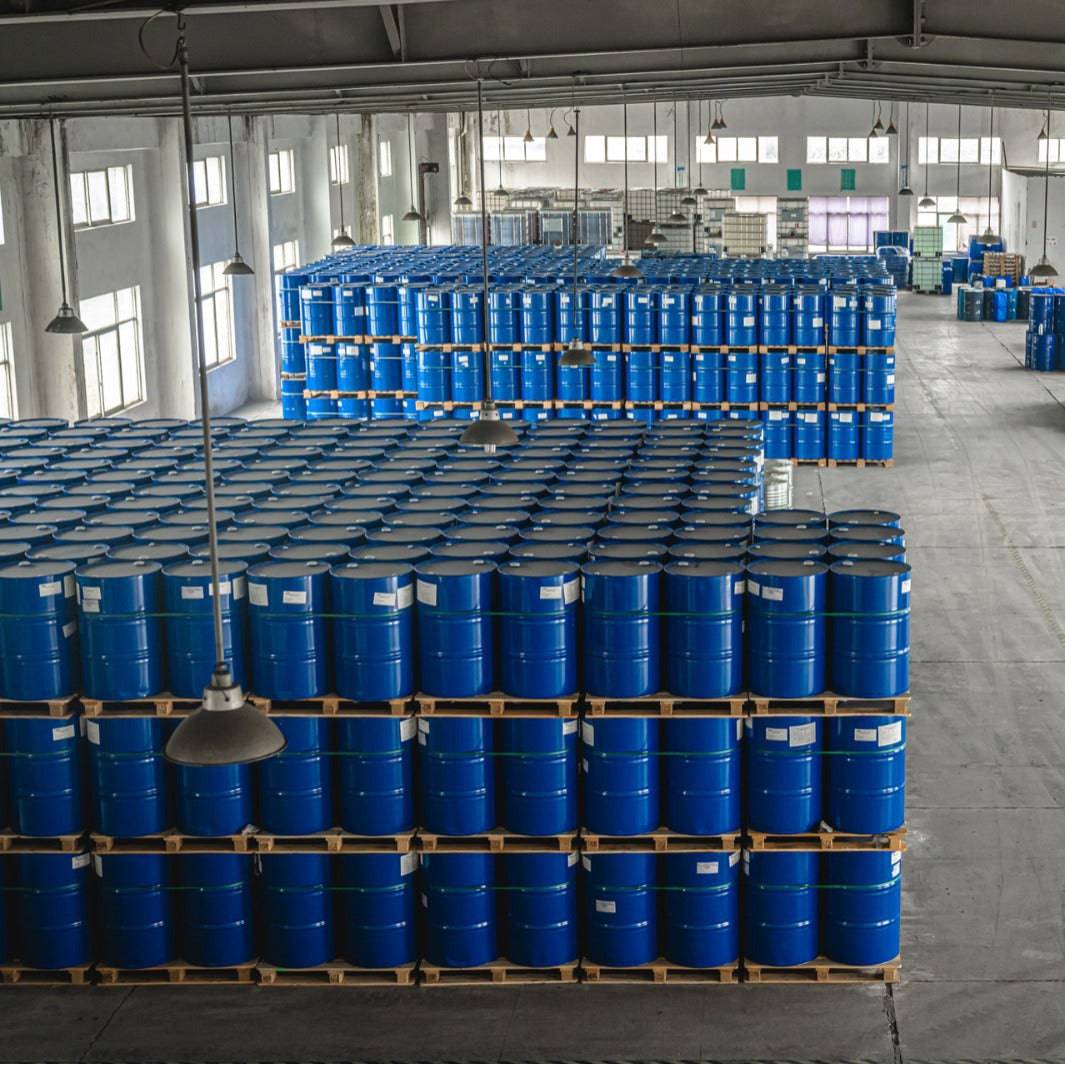Not known Facts About Chemie
Wiki Article
Chemie - Questions
Table of ContentsFacts About Chemie RevealedEverything about ChemieRumored Buzz on ChemieSee This Report about ChemieExcitement About ChemieLittle Known Questions About Chemie.
(https://chemie-48856033.hubspotpagebuilder.com/blog/revolutionizing-cooling-solutions-with-chemies-advanced-fluids)Calculated change in electric conductivity of fluid samples as a function of time when stirred with the material example in the closed indirect air conditioning loop experiment. Number 6 reveals the change in the measured electrical conductivity of the fluid samples when mixed with the material example. The conductivity of the water sample from the shut loop experiment minimized by roughly 70% from 11.77 S/cm to 3.32 S/cm in six hours.These outcomes showed that the capacity of the material depends upon the test fluid made use of for the experiment. This reveals that different ions existing in the liquid will lead to various ion exchange capacity of the fluid. Computing the ion exchange material capacity with the liquid sample from the real air conditioning loop is important.
Our Chemie Diaries
For that reason, an ion exchange material cartridge having 20g of Dowex blended bed resin may tackle order 938 days to fill. To put it simply, to maintain a low electrical conductivity, a material cartridge with the measurement and weight requirements as that of the resin cartridge utilized in the experiment, need to be changed every 30 months for the cooling system that was used in the experimentThe cooling of digital components has actually become a significant obstacle in current times due to the advancements in the layout of faster and smaller components. The use of a fluid coolant has come to be appealing due to the greater warm transfer coefficient accomplished as contrasted to air-cooling.
Not known Facts About Chemie
A single stage air conditioning loophole includes a pump, a warmth exchanger (cold plate/mini- or micro-channels), and a warm sink (radiator with a follower or a liquid-to-liquid heat exchanger with chilled water air conditioning). The heat source in the electronic devices system is affixed to the warm exchanger. Liquid coolants are additionally made use of in two-phase systems, such as warmth pipes, thermo-siphons, sub-cooled boiling, spray cooling, and direct immersion systems [2, 4]The requirements might differ depending on the kind of application. Complying with is a list of some general demands: Excellent thermo-physical buildings (high thermal conductivity and certain warmth; low thickness; high latent warm of evaporation for two-phase application) Low cold factor and ruptured factor (in some cases ruptured defense at -40 C or lower is required for shipping and/or storage functions) High atmospheric boiling factor (or low vapor stress at the operating temperature) for solitary stage system; a slim preferred boiling point for a two-phase system Good chemical and thermal security for the life of the electronics system High flash point and auto-ignition temperature level (sometimes non-combustibility is a demand) Non-corrosive to materials of building (metals along with polymers and other non-metals) No or very little regulative restraints (ecologically pleasant, nontoxic, and potentially eco-friendly) Affordable The most effective electronic devices coolant is a low-cost and safe fluid with excellent thermo-physical residential or commercial properties and a long life span.
Not known Details About Chemie
Many of these fluids have a non-discernible odor and are safe in situation of contact with skin or consumption. As pointed out previously, aliphatic PAO-based fluids have replaced the silicate-ester liquids in a range of military electronic devices (and avionics) cooling down applications in the last years. One more class of prominent coolant chemistry is dimethyl- and methyl phenyl-poly (siloxane) or commonly recognized as silicone oil.Of all, these fluids are non-combustible and safe. Some fluorinated compounds have no ozone depleting possible and other ecological properties.
Ethylene glycol is anemic and virtually odorless and is totally miscible with water. When effectively hindered, it has a relatively reduced corrosivity. This coolant is categorized as toxic and must be taken care of and disposed of with treatment. The high quality of water utilized for the prep work of a glycol solution is extremely vital for the system.
Fascination About Chemie

This is a low expense antifreeze remedy, finding use in refrigeration services and ground source warm pumps - dielectric coolant. This liquid can be used down to -40 C owing to its fairly high price of warmth transfer in this temperature level array.
It is considered even more harmful than ethylene glycol and subsequently has actually discovered use only for procedure applications located outdoors. Methanol is a flammable liquid and, as such, introduces a prospective fire danger where it is saved, managed, or made use of.
The smart Trick of Chemie That Nobody is Discussing
As a combustible fluid, it calls for specific safety measures for taking care of and storage. Aqueous options of calcium chloride discover broad use as circulating coolants in food plants. It is non-flammable, safe and thermally more effective than the glycol options. A 29% (by wt.) calcium chloride option has a cold point below -40 C.
Report this wiki page